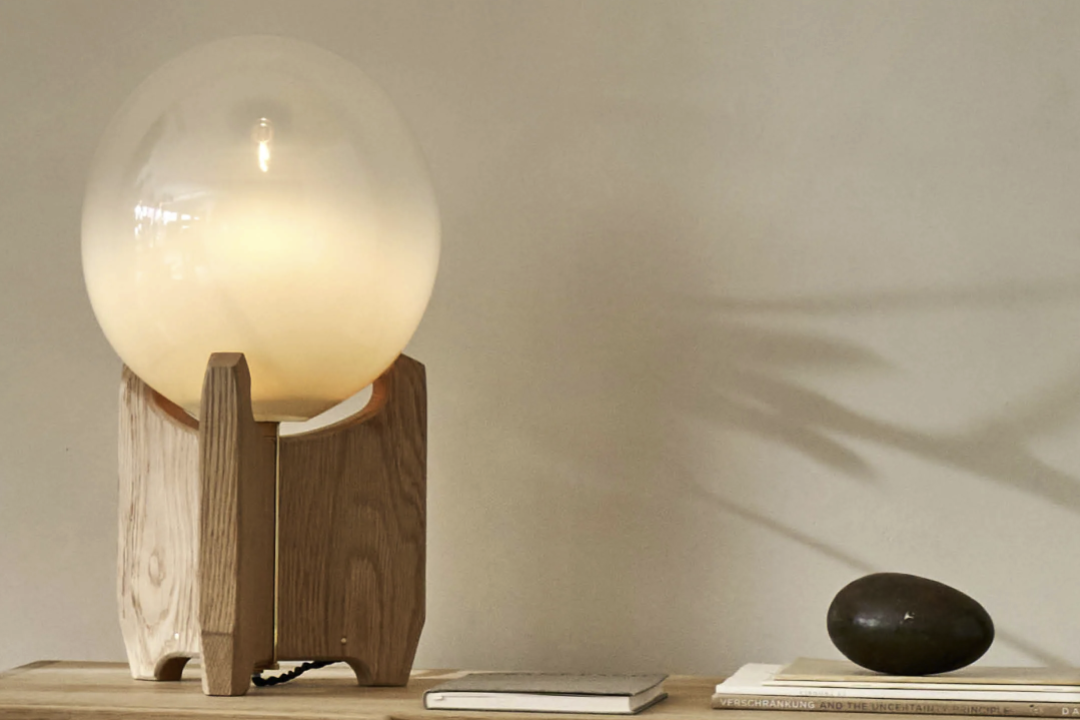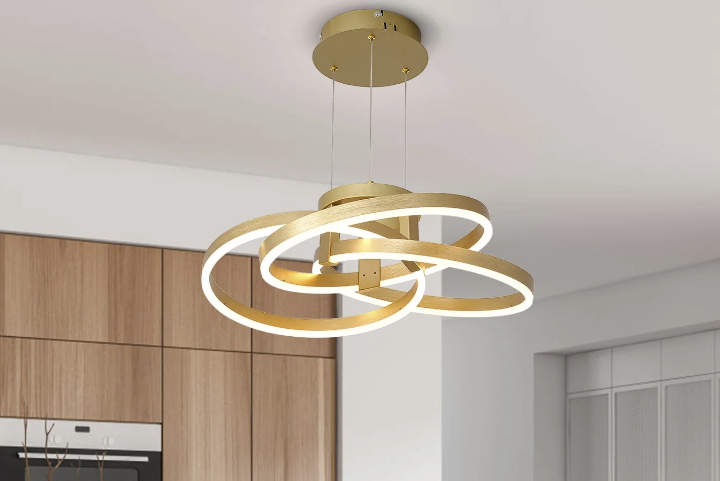The history of European crystal chandeliers is a fascinating journey that intertwines art, craftsmanship, and the evolution of interior design. The origins of chandeliers can be traced back to the medieval period, where they were primarily constructed from wood and iron. These early versions served a functional purpose, providing light in dark spaces, but they lacked the elegance and sophistication that would later define crystal chandeliers.
The transition to crystal began in the 16th century, particularly in France and Italy, where artisans started to experiment with glassmaking techniques. The introduction of lead glass, which had a higher refractive index, allowed for the creation of more intricate designs that could capture and refract light beautifully. By the 18th century, crystal chandeliers had become a symbol of opulence and grandeur in European palaces and aristocratic homes.
The craftsmanship reached new heights with the advent of Bohemian glassmakers in what is now the Czech Republic, who perfected the art of cutting and polishing crystal. These artisans produced stunning pieces adorned with prisms and pendants that sparkled like diamonds when illuminated. The chandelier became not just a source of light but a statement piece that reflected the wealth and taste of its owner.
Notable examples from this period include the magnificent chandeliers found in the Palace of Versailles, which showcased the height of luxury and artistic achievement.
Choosing the Perfect Crystal Chandelier for Your Living Room
Selecting the ideal crystal chandelier for your living room involves a careful consideration of various factors, including size, style, and the overall aesthetic of the space. One of the first steps is to assess the dimensions of your living room. A chandelier Muzzhome that is too large can overwhelm a small space, while one that is too small may get lost in a larger room.
A general rule of thumb is to add the length and width of the room in feet; this total in inches will give you an approximate diameter for your chandelier. For instance, if your living room measures 12 feet by 15 feet, a chandelier with a diameter of around 27 inches would be appropriate. Beyond size, the style of the chandelier should harmonize with your existing decor.
Crystal chandeliers come in various designs, from traditional to modern. If your living room features classic furnishings and rich fabrics, a more ornate chandelier with intricate detailing may be suitable. Conversely, if your space leans towards contemporary design, consider a minimalist chandelier with clean lines and geometric shapes.
Additionally, think about the finish of the chandelier; options range from polished chrome to antique brass, each contributing a different character to the room. The right choice will not only illuminate your living space but also enhance its overall aesthetic appeal.
How to Properly Clean and Maintain Your Crystal Chandelier
Maintaining the brilliance of a crystal chandelier requires regular cleaning and care to prevent dust accumulation and tarnishing. Dust can dull the sparkle of crystal, so it’s advisable to dust your chandelier at least once a month using a soft feather duster or microfiber cloth. For deeper cleaning, it’s essential to turn off the power and allow the fixture to cool down before proceeding.
A gentle solution made from warm water and mild dish soap can be used to clean individual crystals. It’s crucial to avoid harsh chemicals or abrasive materials that could scratch or damage the surface. When cleaning, take care to remove each crystal carefully, noting their arrangement for reassembly.
Soaking them in soapy water for a few minutes can help loosen any grime. After cleaning, rinse each piece thoroughly with clean water and dry them with a soft cloth before reattaching them to the chandelier. Additionally, inspect the wiring and connections periodically to ensure everything is secure and functioning properly.
If you notice any signs of wear or damage, it’s advisable to consult a professional electrician to address these issues promptly.
Tips for Installing and Hanging a Crystal Chandelier
Installing a crystal chandelier can be a rewarding project that transforms your living space, but it requires careful planning and execution to ensure safety and aesthetics. Before beginning the installation process, it’s essential to choose an appropriate location that allows for adequate clearance from furniture and walls while also providing sufficient height for the chandelier to hang gracefully. A good rule of thumb is to hang the bottom of the chandelier approximately 30 to 36 inches above a dining table or 7 feet above the floor in living areas.
When it comes to installation, ensure you have all necessary tools on hand, including a ladder, screwdriver, and possibly a partner to assist with lifting and positioning the chandelier. Begin by turning off the power at the circuit breaker to avoid any electrical hazards. If you are replacing an existing fixture, carefully remove it while taking note of how it was connected.
Follow the manufacturer’s instructions for wiring your new chandelier; typically, this involves connecting wires by color—black to black (or red), white to white, and grounding wires together. Once securely attached, raise the chandelier into position and fasten it according to the provided guidelines. After installation is complete, restore power and test the fixture to ensure it operates correctly.
Enhancing the Ambiance of Your Living Room with a Crystal Chandelier
A crystal chandelier can significantly enhance the ambiance of your living room by creating an inviting atmosphere filled with warmth and elegance. The way light interacts with crystal is unique; as it refracts through each piece, it casts beautiful patterns across walls and ceilings, adding depth and character to your space. To maximize this effect, consider using dimmable LED bulbs that allow you to adjust brightness according to different occasions—bright for lively gatherings or soft for intimate evenings.
In addition to lighting effects, consider how your chandelier complements other elements in your living room. Pairing it with strategically placed mirrors can amplify its brilliance by reflecting light throughout the room. Furthermore, incorporating complementary decor elements such as elegant drapes or artwork can create a cohesive look that ties together your design theme.
The interplay between light and shadow created by a well-placed chandelier can transform an ordinary living room into an extraordinary space that feels both luxurious and welcoming.
The Timeless Elegance of European Crystal Chandeliers
European crystal chandeliers epitomize timeless elegance, transcending trends and styles while remaining a staple in sophisticated interior design. Their allure lies not only in their aesthetic beauty but also in their rich history and craftsmanship that has been honed over centuries. Each piece tells a story—of artisans who dedicated their lives to perfecting glassmaking techniques and creating works of art that illuminate spaces with grace.
The enduring popularity of these chandeliers can be attributed to their versatility; they can seamlessly integrate into various design styles—from classic baroque interiors adorned with gilded moldings to sleek modern spaces where minimalism reigns supreme. The shimmering crystals catch light in ways that evoke feelings of luxury and refinement, making them ideal focal points in any room. As trends evolve, European crystal chandeliers continue to inspire designers and homeowners alike, proving that true elegance never goes out of style.
Whether gracing a grand ballroom or enhancing a cozy living room, these magnificent fixtures remain symbols of beauty and sophistication that captivate all who encounter them.




